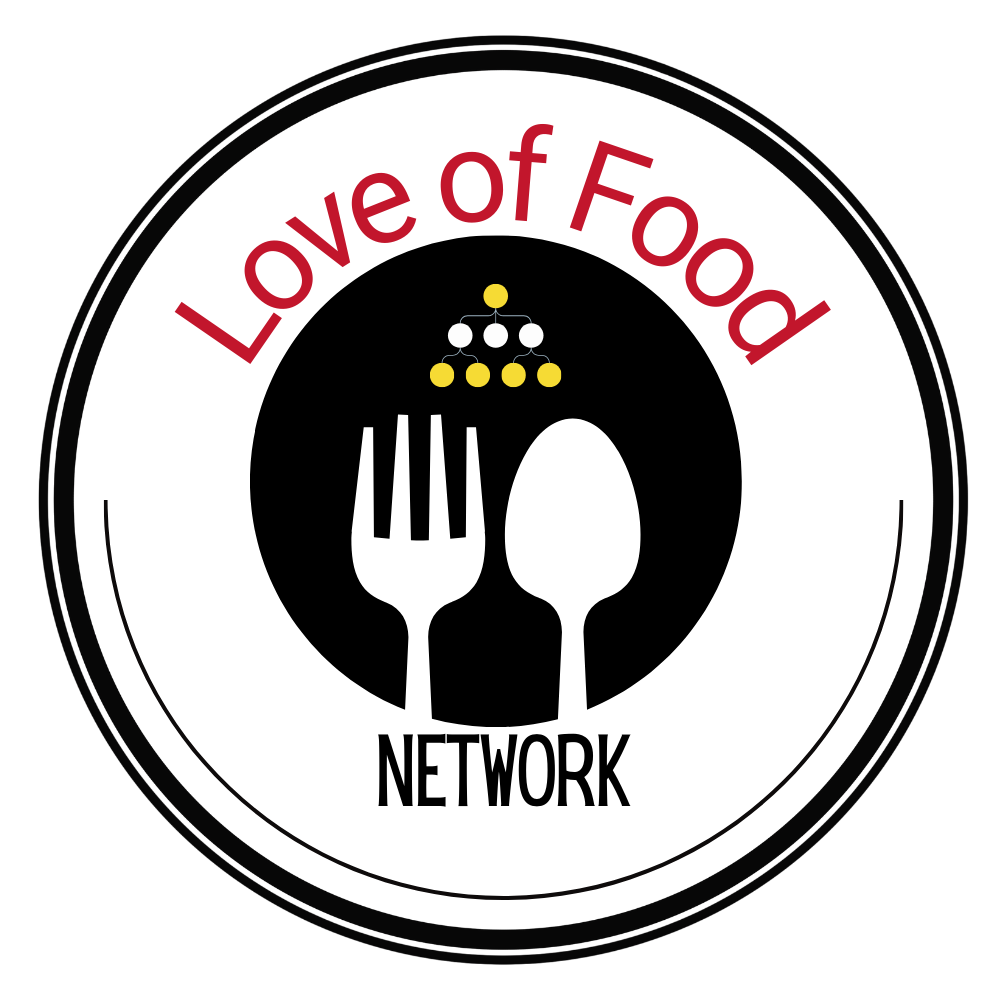Back to: Food Safety 101
Viral Precautions
It is never a good idea to prepare food for others when you are feeling ill. If you worked in a quality food service establishment you would be asked to go home or be advised not to come into the kitchen if you are feeling sick. Illness and food are a bad combination due to the risk of spreading germs to others.
But what if you have no choice? Perhaps you are the only one who can prepare food for another. Maybe you are the sole caretaker for a child or parent. If this is the case, you could order take out and have it delivered as a treat. I once sent my daughter some chicken soup all the way in another state. If ordering out is not an option, simply try to limit the amount of time spent around the kitchen. Select quick, easy meals that will reduce your exposure in the kitchen, but will save your energy too.
Whether you are ill or not, always cough and sneeze away from food and kitchen surfaces and into the crease of your arm. This is a good hygiene practice and lessens the spread of any germs. Head to the bathroom sink and wash your hands before returning to food prep.


Hand Washing
Wash your hands for at least 20 seconds before and after touching anything, and teach everyone in your household to do the same. It may seem like overkill but if we learned anything after the Covid-19 outbreaks it is that hand washing is an effective means to stop the spread of germs.
Experts advise washing hands in a separate sink, such as a bathroom sink, to avoid contaminating a clean sink. In commercial kitchens there are always two sinks; one for hand washing and one for food preparation. Before you begin handling food, use the bathroom sink to wash your hands. During prep and moving between the various food items, if you have a divided sink, designate one side for food and the other for hand washing.
Tasting
Never use your fingers to taste food that you are preparing regardless of how you are feeling. You could be asymptomatic, carrying a virus, or worse. To taste your food, use a clean spoon for each sample. Use it only once, then discard it for a clean spoon. While viruses can be spread during food preparation, viruses are not capable of growing in food and do not cause food spoilage.
Bacterial Precautions
According to the USDA “There are two types of bacteria that can be found on food: pathogenic bacteria, which cause foodborne illness, and spoilage bacteria, which do not cause illness but do cause foods to deteriorate and develop unpleasant characteristics such as an undesirable taste or odor making the food not wholesome.” In this lesson we are focused on the pathogenic bacteria and we will discuss spoilage bacteria in an upcoming lesson on food storage.


Washing
Wash your hands for at least 20 seconds (this is a recurring theme.) Germs are germs and whether they are viral or bacterial in nature, hand washing is essential to remove them.
Never wash meat, poultry, seafood, or eggs. This can actually spread the bacteria.
Always rinse fruits and vegetables with only clean, cool water and dry with a salad spinner, paper towel or a clean, single use cloth.
Cleaning
Keep all food storage, food supplies, food prep, sinks, and cooking surfaces clean. This means wiping all areas with clean soapy water. Then sanitizing the areas with a commercial sanitizing solution or a homemade solution of 1 tablespoon of liquid bleach to a gallon of water. Dry all the surfaces with paper towels or a single use, newly-laundered dish towel before using again.
When it comes to cleaning items such as dishes, cookware, utensils, and plastic cutting boards the dishwasher can be your best friend as they will sanitize these items for you. When hand washing items, letting them air dry is the safest method. Cutting boards that are not placed in the dishwasher should be sanitized after each use.
Before beginning any food preparation, check for cleanliness and repeat the cleaning process.


Cross Contamination
Use separate cutting boards, utensils, and knives for meats and seafoods. Wash your hands after handling raw meats, eggs, or seafood. Use separate cutting boards, utensils and knives for any fruits and vegetables. You may want to even designate cutting boards that are dedicated to each.
Food Recalls
Use Apps that can notify you of any food recalls. Please take recalls seriously and if you have an affected product, follow the instructions about how to dispose of the item. Also see the USDA ‘s recommended procedures for recalls. They provide guidance on many topics including cleaning after a food recall to minimize any risk of cross contamination. We recommend an App from the USDA, the United States Department of Agriculture, called Food Keeper. We will talk more about how we utilize all the features of this app in a later module.

